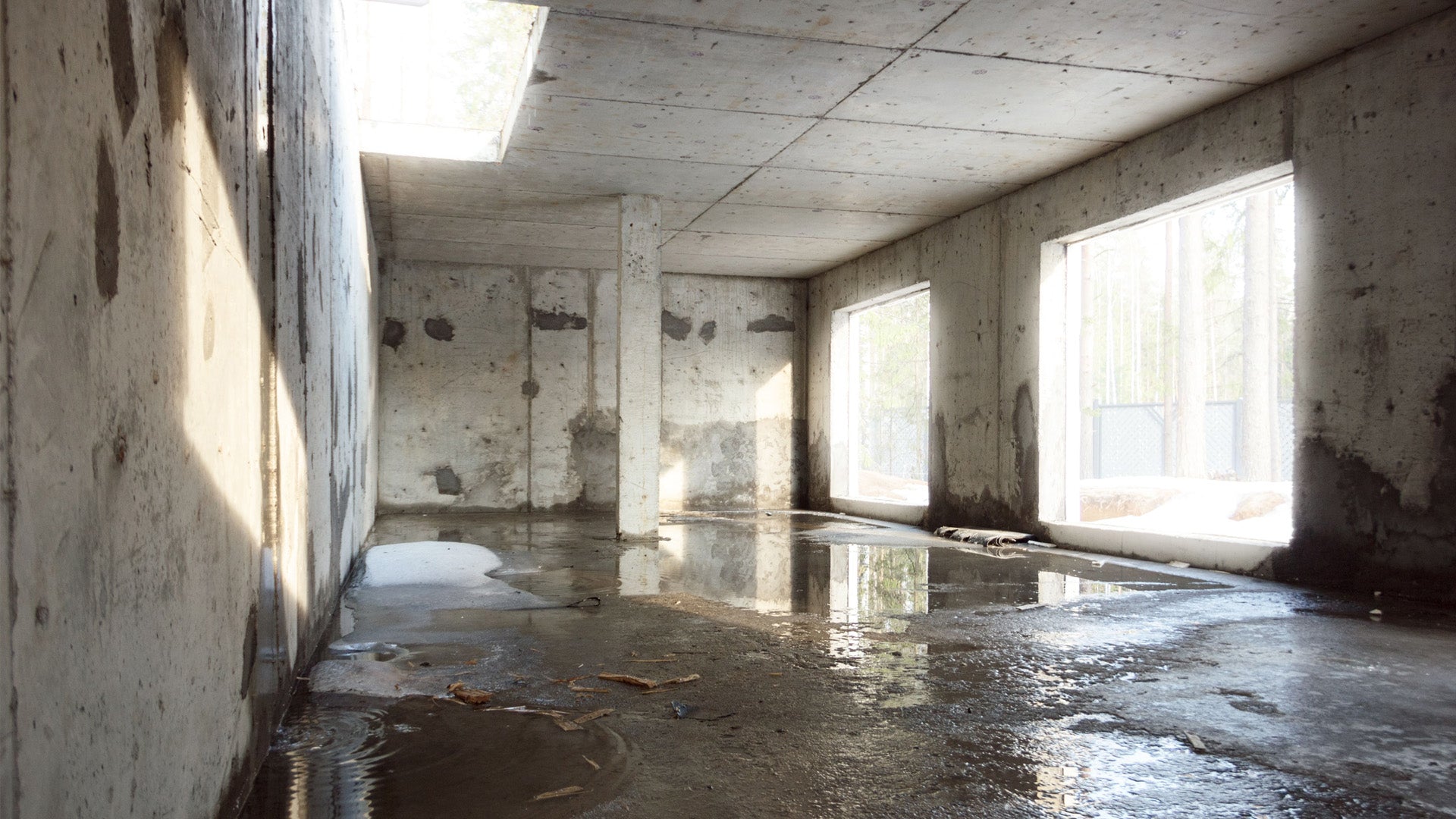
How to choose the best commercial dehumidifier for you needs?
High humidity poses a serious problem for many facilities. Not only does excess moisture make occupants uncomfortable, but it can render a room less safe, encouraging mold growth and interfering with electrical devices. Similarly, in a warehouse or factory setting, uncontrolled humidity can damage products or even interrupt processing.
Maintaining a relatively dry atmosphere is essential to preventing these outcomes. However, residential dehumidifiers are not powerful enough for large spaces or high-volume requirements. Instead, facilities can turn to commercial dehumidifiers, which can remove anywhere from a few pounds to several hundred pounds of water each day. These systems make it simple to regulate air quality specifications, no matter the size of the space.
Commercial dehumidifiers can be split into two groups based on their mechanism of action. Desiccant units use materials like silica gel to extract moisture, while mechanical ones rely on refrigeration to condense water and remove it from the air. At Aptook, we specialize in powerful mechanical dehumidifiers that perform well in diverse environments. These systems ensure consistent ventilation and optimal moisture management to keep interiors healthy and comfortable.
What is the difference between residential, commercial, and industrial dehumidifiers?
Dehumidifiers are generally broken up into 3 categories: residential, commercial, and industrial. Residential units are smaller, less expensive, and quieter. They do not look industrial so they can easily be placed in living area without disrupting the decoration.
Commercial and industrial dehumidifiers can be used interchangeably and are stronger and more durable than residential units and therefore tend to be more expensive. These dehumidifiers are primarily made of steel or heavy duty plastic while residential units are commonly made of light weight plastic that can be less durable.
How do they work?
Commercial dehumidifiers work by using a compressor to power a condenser and evaporator that in turn remove moisture from an indoor space. Their common features include:
- Automatic defrost. Protects the unit (and your investment) by preventing it from freezing, especially in cold temperatures.
- Built-in pump. Improves convenience by directing water to a collection point of your choice (outside, sink, etc.).
- Reusable, washable filters. Increases the cost-efficiency and sustainability of your dehumidifier.
- Durable materiality. Because they’re often used in industrial or harsh conditions, commercial dehumidifiers are made of sturdy materials able to withstand considerable use and impact.
Things to consider when choosing a commercial dehumidifier
- Indoor temperature
- Current indoor humidity
- Target humidity level
- Dimensions of the space needing climate control
- What the space is being used for?
- What is the door activity (how often does the door get opened/closed, left open)?
- Is there fresh air being added (fan) or removed (extract fan)?
- How many occupants in the room?
Where To Use a Commercial Dehumidifier?
Mechanical dehumidifiers are best suited for environments with dew points over 50° F and temperatures between 60° and 90° F. This range makes them effective for many types of buildings, ranging from fitness centers to factories.
- Indoor swimming pool rooms of any size
- Therapeutic pools, whirlpools, spas, and hydrotherapy centers
- Hotels, motels, fitness centers, gyms, and retirement homes
- Retirement homes, residential care homes, hospitals, schools and universities
- Processing and blendings facilities where hygroscopic material are being used
- Wastewater and freshwater management facilities
- Climate and humidity controlled warehousing
- Grow rooms, aquaculture, and vertical farming
- Machining and grinding operations where water-based coolant is used to cool tooling
- Custom applications where a desired specific dew point is critical
- High moisture load applications housed in small volume spaces
- 100% outdoor air applications
What to consider when you’re purchasing a commercial dehumidifier?
It’s critical to consider the location, size, temperature, and humidity of your space when you’re looking into commercial dehumidifiers. These measurements will determine what you need in terms of dehumidifier capacity.
Capacity
When it comes to capacity (how much water a dehumidifier can pull from the air in a given day), you need to consider both the maximum capacity and the AHAM capacity. Maximum capacity defines the amount of water that can be extracted at 90% humidity or more, whereas AHAM capacity defines the amount at roughly 60% to 70% humidity.
(AHAM is a term used in the United States and determined by the Association of Home Appliance Manufacturers, but it’s relevant to other markets. A measure of how well a dehumidifier operates at the aforementioned 60% to 70% humidity, it’s typically considered a better indicator of how a given dehumidifier will perform in everyday conditions.)
If you’re looking for a dehumidifier for a particularly damp environment where the relative humidity regularly sits at or above 90%, focus on the appropriate maximum capacity for the size of your space. Otherwise, the AHAM capacity is more important, and it’s stated in the name of the product.
Here are some good rules of thumb that can help you determine which size dehumidifier to go with:
50 litres for spaces up to 120 square metres*
90 litres for spaces up to 250 square metres*
*Please note these figures are general indications. Effective size will vary based on the moisture level, humidity, position of dehumidifier etc
Contact me at support@aptook.com if you’d like more information on our range of commercial dehumidifiers or assistance choosing the one that’ll work best for your space.